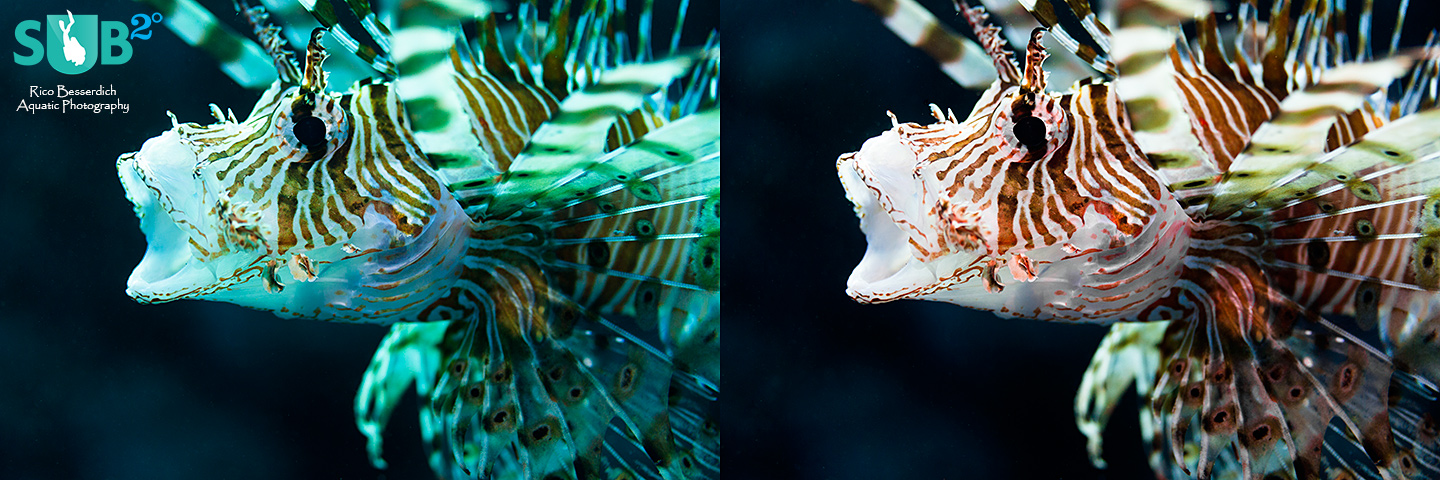
Published
Dec. 2,
2016
The Final Touch: Post Production of UW Images (Part 1: White Balance)
When it comes to final editing of your digital UW images, the white balance should be the first step of your digital postproduction workflow. Always.
What is White Balance?
Different light sources produce light with slightly different color tints. Think about the sunlight, your camera's strobe, or UW video lights, for example. By adjusting the white balance, we tell our camera or imaging software which area of the photo is supposed to be white or neutral grey. This step of editing removes colorcasts and, as a result, displays your image with natural colors.
We need:
- Photographs in RAW or DNG. Those are the only formats that give you the opportunity to adjust the white balance later on. If you shoot in JPG, you better go for a manual white balance in your camera.
- A color-calibrated computer screen. Proper monitor calibration will ensure that your colors and black levels are true, which is crucial for proper image editing and for printing later.
- An image editing software that is able to process RAW (or DNG) images. Adobe Photoshop or Lightroom are the classics here but any RAW processor can do the job, even the (free) one on your camera's software cd-rom.
As for white balance corrections: Is there a difference between Photoshop and Lightroom?
Nope, there is no difference. Photoshop's ACR (Adobe Camera Raw) and Lightroom are based on the same software engine. The only difference is the user interface.
And here we go!
[Photoshop] Open the RAW file in ACR (Adobe Camera RAW), by double-clicking in Adobe Bridge or by dragging & dropping your RAW file on the Photoshop icon. Photoshop starts and ACR pops up:
(The RAW image opened in ACR)
[Lightroom] Import the image into your Lightroom catalog by using the import option.
(The RAW image opened in Lightroom)
Lots of fancy sliders here but we only need the white balance section, found at the top-right of both programs:
(Photoshop ACR)
(Lightroom)
In this example, my camera was set to "AWB" (automatic white balance) and I think we can agree that something needs to be fixed here, as this image suffers a serious Cyan color cast.
ACR & Lightroom offer a couple of white balance presets (such as "auto", "daylight", "cloudy", etc) but those rarely work well with UW images.
So, let's leave as it is: "as shot".
The tool offers us a color picker, a slider for the temperature, and a slider for the Tint.
"Temperature" defines the color temperature in KELVIN. This slider goes from blue (cold light) to yellow (very warm light).
"Tint" defines the color range between green and magenta. Slide the sliders and see what happens. No worries, going back to "as shot" always brings you back to the original state of the image. What’s important here is developing a sense for the colors by watching the change of the finest details very carefully.
And then there is the color picker. Let's start with that one! Using the color picker, you basically click on an area in your photo that is supposed to be white or grey. It comes in handy here to be able to remember what should be white (or grey) and what should not. White sand, the scuba tank of a diver, and the silver ring of a dive computer are often references of use.
What I recommend is to use the color picker for a first "rough mix" and then do the fine adjustments by using the temperature and tint sliders.
Back to our yawning lionfish, as I recall that the "lips" of that fish are supposed to be (more or less) white, I use the color picker and just click somewhere on the fish's lips area.
The red dot indicates the area where to do a pick. In most cases, several attempts are needed to achieve a pleasing result.
This is how the picture looks after using the white balance color picker:
The CYAN colorcast is gone and the colors look better already. But looking carefully to the image (and we should!) we notice that there is now a bit too much Magenta in it.
In this example, we just need to move back the tint slider a bit. Remember, this slider adjusts colors from green to magenta. After using the color picker, the tint slider went to "+150". Obviously too much Magenta! Moving it back to around "+124" fixes the problem here. Now you can move the temperature slider a bit, making your image look warmer or colder. That's totally up to you and what you want your image to look like. I leave it here at the "picked" value of "11750".
Now, the image looks like this:
Still, this image could use a few more fine adjustments, which I will introduce in following posts of this series, but just by adjusting the white balance we already made a huge step to a better photo.
Continue reading Part 2a- Exposure Basics
Further Reading
All Other Articles by Rico Besserdich
Featured Posts
-
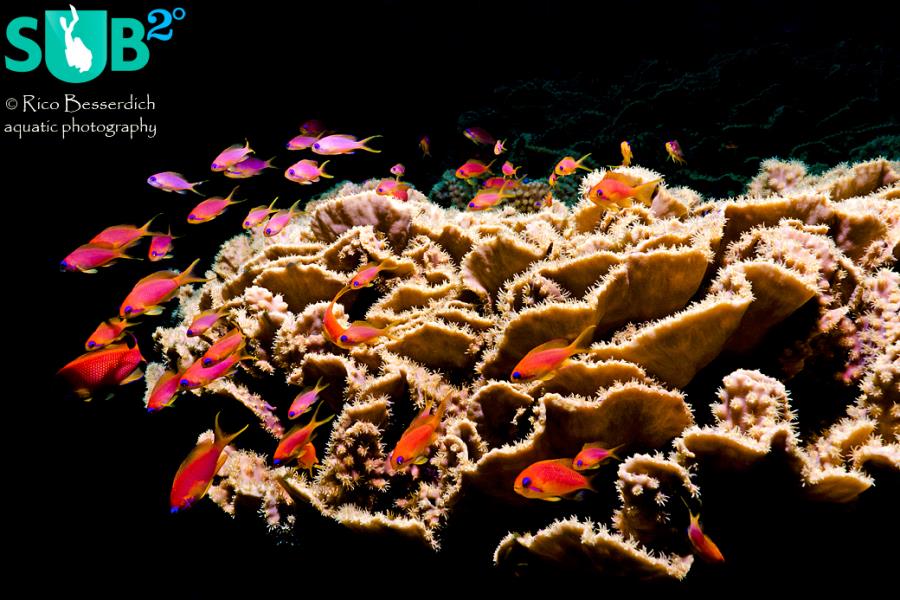
Please "Like" My Photo!
Once you've made some cool underwater shots, you would love to have more people notice your photos, for example by sharing them on Facebook. A path full of potential but lots of nasty obstacles on the way. Let's have a look!
-
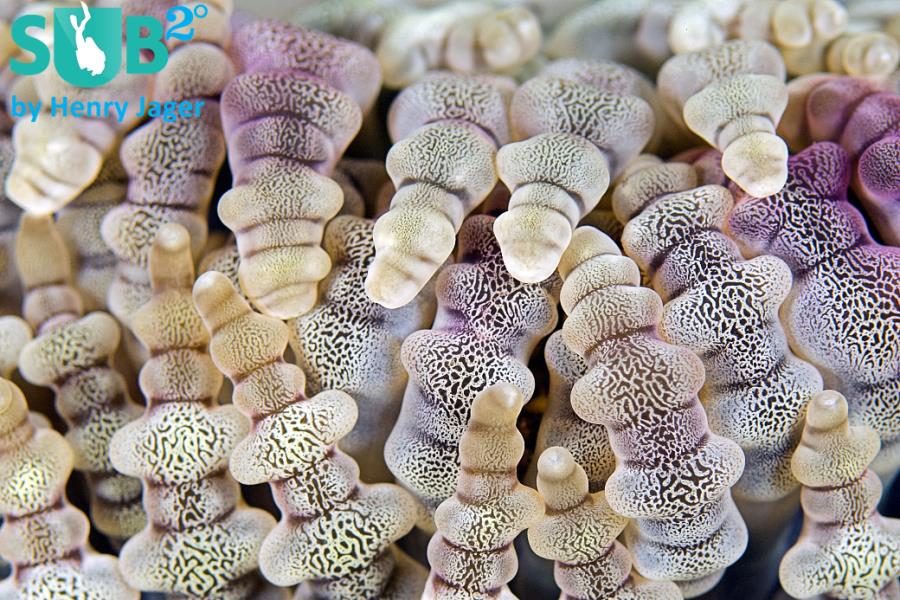
Reef-Art: Looking at the Reef...
Reef-Art shows fascinating insights to an underwater world, 99% of the divers never see. Reef-Art is the "Fine Art" of macro photography. It's a passion! The passion to bring your audience something they don't expect, they h...
-
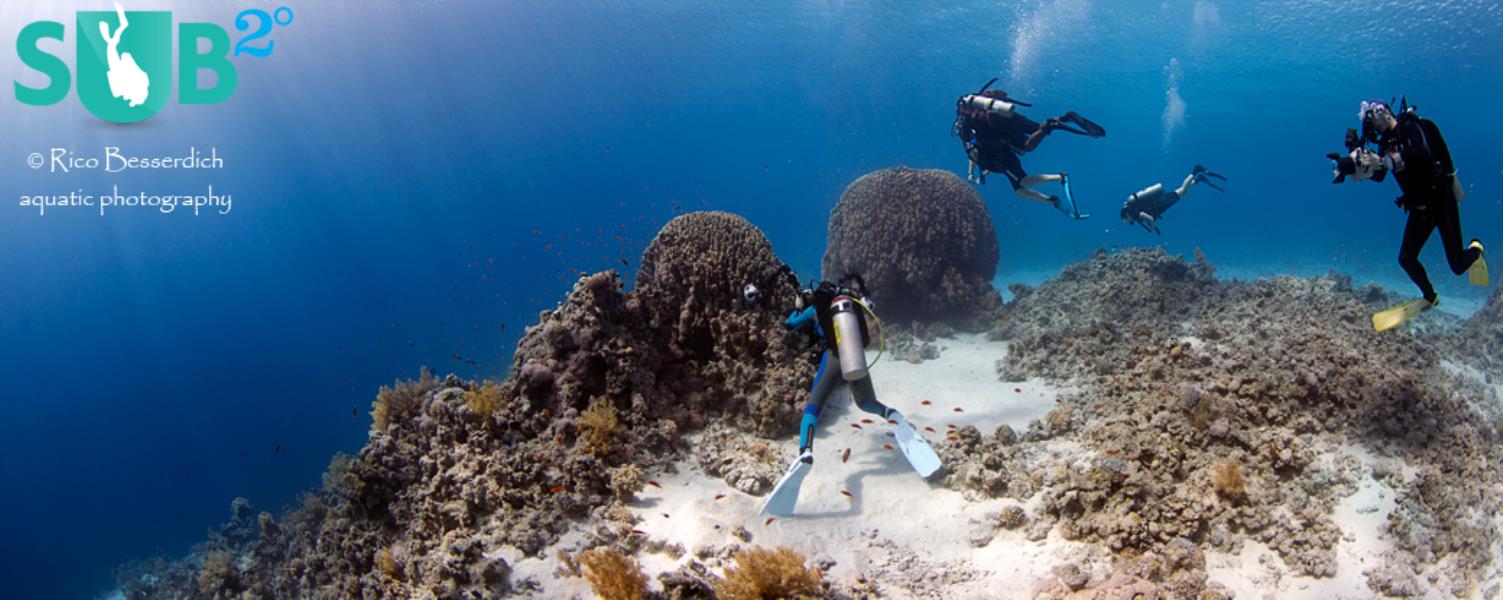
Underwater Photography: Shoot...
Are you ready for huge perspectives in your underwater photographs? Wide-angles are fine but do you want it even wider? Time to check out underwater panorama photography!
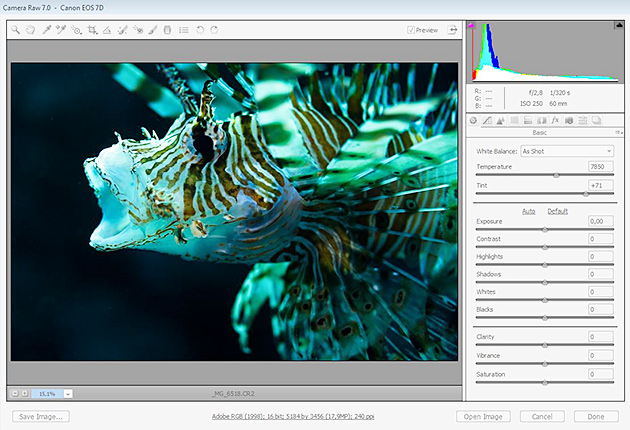

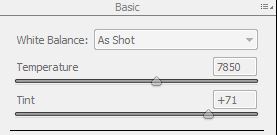

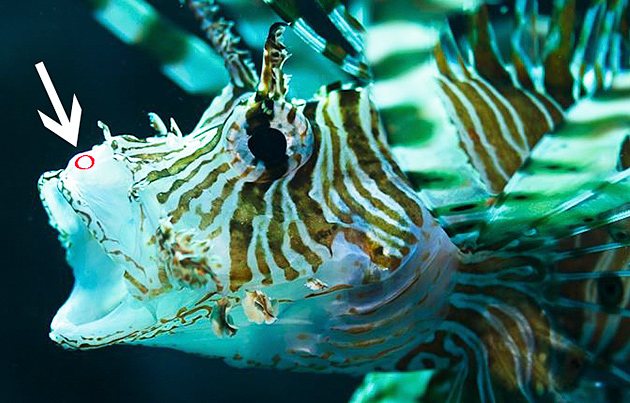
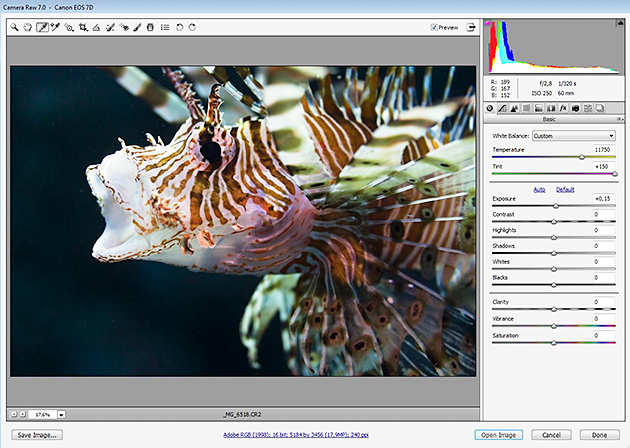
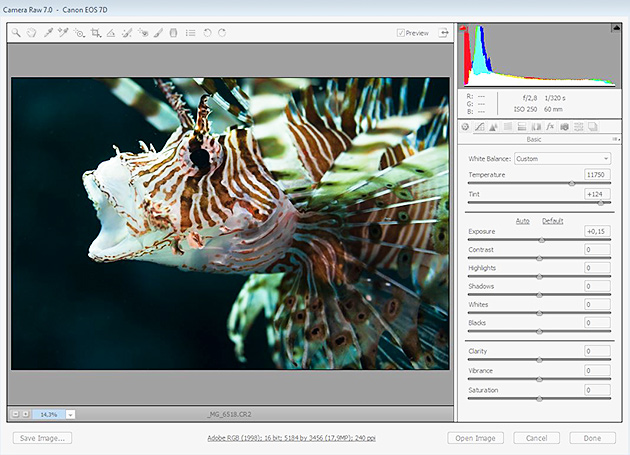


Load more comments
Timur K 4/22/2014 6:02:44 PM Very cool, I am looking forward to the next in this series - definitely need some help with post production.
Rico Besserdich 4/23/2014 10:02:34 AM Glad you like it, Timur ! Happy post producing :-)